

garbled
gamer level 6
10235 xp
10235 xp
followers
34
34
Use my invite URL to register (this will give me kudos)
https://boardgaming.com/register/?invited_by=garbled
profile badges




recent achievements

I'm a Gamin' Fiend!
Claim that you have played a game today by clicking the "Played Today!" button on a game page 200 times.
Claim that you have played a game today by clicking the "Played Today!" button on a game page 200 times.

Intermediate Reviewer
Review 8 games and receive a total of 380 positive review ratings.
Review 8 games and receive a total of 380 positive review ratings.

Critic - Level 3
Earn Critic XP to level up by completing Critic Quests!
Earn Critic XP to level up by completing Critic Quests!

Viscount / Viscountess
Gain 25 total followers
Gain 25 total followers
Player Stats
Critic (lvl 3)
805 xp
805 xp
Explorer (lvl 4)
2036 xp
2036 xp
Professor (lvl 2)
517 xp
517 xp
Reporter (lvl 2)
461 xp
461 xp
About Me
I tend to play games with a large group at the local game store, and also play a bunch of two player games with my SO.
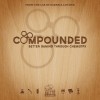

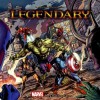


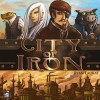









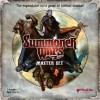



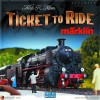






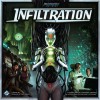




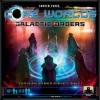







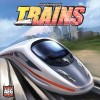





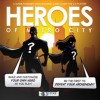









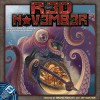











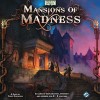
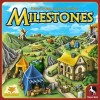

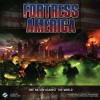
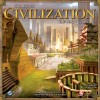




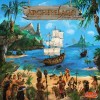
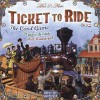







Redshirts
In Redshirts, two or more players compete to kill off crewmembers by sending them on away missions that they cannot complete. The game is a snarky take on the Star Trek trope, and fans of any Sci-Fi shows will get a laugh out of it.
The game is played by setting out some crew members, who each have skills, like “science” or “diplomacy”, etc. In addition, you can give them tools/weapons/etc that give them additional skills. Players take turns playing cards, that represent events, equipment, or other things that can happen. The primary play of the game is to play missions onto the board, and then have one of your crew members attempt the mission. The mission will have a set of skills required to attempt the mission, and also a set of skills to complete the mission successfully. The idea is to attempt a mission, but fail it. If you fail, your crewmember dies, if you succeed, you generally get another crew member. The winner is the person who eliminates his entire crew first.
At first, you will have a blast with this game. The cards are hysterical. The references are clever, and well done. The artwork and style is phenominal, and the idea of killing off crewmembers is just a ton of fun.
Then you play a few rounds, and that is when it hits you that the game will never end. Well played, you can just continuously hose the other players, so they constantly have a full crew. Everyone will play round after round killing someone, and then just getting them back the next round. After a few rounds you tire of the jokes, and just want the game to end. I’ve played a number of times, and over half of them, we just all gave up.
I really wanted to love this game. The artwork is great, the theme is great, it had everything except a workable mechanic.
Pros
Amazing artwork
Hysterical cards, flavor text
Great theme, great idea (kill the redshirts!)
Cons
Game never ends
Rulebook is horrible and confusing. The first time we played we got it completely backwards. (that game ended actually…)
Some of the cards were cut wrong. (many actually)
The box has no dividers or anything. It’s just a big deck of cards poured into a giant box to mix around. (there are separate decks you then have to sort out into piles)
With two players, the game is completely broken. With more, it’s at least playable.
I wanted to love it, but I don’t. I assumed I was doing something wrong, so I checked out various forums, and everyone else said the same thing. If you follow the rules, it never ends. Maybe house rules could fix it, but nobody I know is willing to play again to find out.